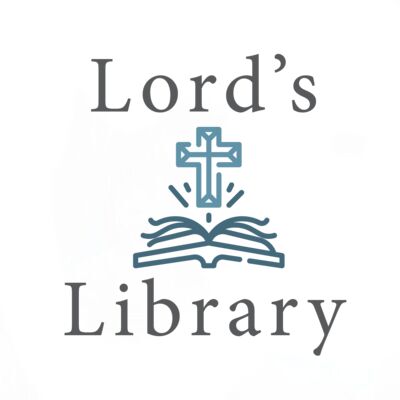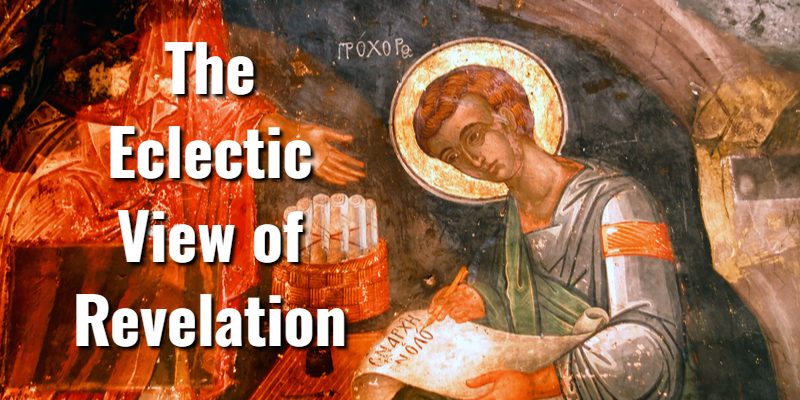Eclecticism, as applied to the Book of Revelation, allows for a synthesis of different interpretative viewpoints. Rather than choosing one specific approach, Eclectics draw upon various interpretations to gain what they believe to be a holistic understanding of the text. They believe that the Book of Revelation’s symbolism and prophetic language offer room for multiple layers of meaning and that different passages may be best understood through different lenses. Eclectic interpreters are open to adjusting their interpretive approach based on the specific features of the text and the exegetical demands of the passage. Eclecticism also allows interpreters to balance the spiritual and theological insights of the book with historical and prophetic considerations. Representing one of the most common of the different views, Christians who subscribe to the Eclectic view of Revelation often cite the below Bible verses.
The Eclectic View of Revelation
Eclectic View of Revelation: Key Bible Verses
Key Bible verses:
- Revelation 1:1: “The Revelation of Jesus Christ, which God gave unto him, to shew unto his servants things which must shortly come to pass.”
Eclectics may see this verse as suggesting an element of imminence, allowing room for Preterist interpretations of certain events described in Revelation.
- Revelation 6:1-8: “And I saw when the Lamb opened one of the seals, and I heard, as it were the noise of thunder, one of the four beasts saying, Come and see. And I saw, and behold a white horse: and he that sat on him had a bow; and a crown was given unto him: and he went forth conquering, and to conquer. And when he had opened the second seal, I heard the second beast say, Come and see. And there went out another horse that was red: and power was given to him that sat thereon to take peace from the earth, and that they should kill one another: and there was given unto him a great sword. And when he had opened the third seal, I heard the third beast say, Come and see. And I beheld, and lo a black horse; and he that sat on him had a pair of balances in his hand. And I heard a voice in the midst of the four beasts say, A measure of wheat for a penny, and three measures of barley for a penny; and see thou hurt not the oil and the wine. And when he had opened the fourth seal, I heard the voice of the fourth beast say, Come and see. And I looked, and behold a pale horse: and his name that sat on him was Death, and Hell followed with him. And power was given unto them over the fourth part of the earth, to kill with sword, and with hunger, and with death, and with the beasts of the earth.”
The opening of the seven seals may be viewed eclectically, with some seals representing past or ongoing events and others symbolizing future occurrences, accommodating both Historicist and Futurist perspectives.
- Revelation 12:1-6: “And there appeared a great wonder in heaven; a woman clothed with the sun, and the moon under her feet, and upon her head a crown of twelve stars: And she being with child cried, travailing in birth, and pained to be delivered. And there appeared another wonder in heaven; and behold a great red dragon, having seven heads and ten horns, and seven crowns upon his heads. And his tail drew the third part of the stars of heaven, and did cast them to the earth: and the dragon stood before the woman which was ready to be delivered, for to devour her child as soon as it was born. And she brought forth a man child, who was to rule all nations with a rod of iron: and her child was caught up unto God, and to his throne. And the woman fled into the wilderness, where she hath a place prepared of God, that they should feed her there a thousand two hundred and threescore days.”
The vision of the woman and the dragon may be seen as allegorical, with the woman representing the church throughout history and the dragon symbolizing Satan.
- Revelation 19:11-16: “And I saw heaven opened, and behold a white horse; and he that sat upon him was called Faithful and True, and in righteousness he doth judge and make war. His eyes were as a flame of fire, and on his head were many crowns; and he had a name written, that no man knew, but he himself. And he was clothed with a vesture dipped in blood: and his name is called The Word of God. And the armies which were in heaven followed him upon white horses, clothed in fine linen, white and clean. And out of his mouth goeth a sharp sword, that with it he should smite the nations: and he shall rule them with a rod of iron: and he treadeth the winepress of the fierceness and wrath of Almighty God. And he hath on his vesture and on his thigh a name written, KING OF KINGS, AND LORD OF LORDS.”
The return of the Lord Jesus Christ on a white horse can be viewed both as a future event in line with the Futurist perspective and as a symbol of Christ’s continuous victory over evil in line with the Idealist viewpoint.
- Revelation 20:1-10: “The thousand-year reign of Christ can be seen as a period of spiritual triumph and peace that transcends a strictly literal interpretation, aligning with the Idealist view.”
The Eclectic viewpoint on the Book of Revelation is a flexible and open-minded approach that seeks to harmonize various interpretations, recognizing the depth and complexity of the text. It allows for a broader exploration of the book’s spiritual and moral messages, accommodating the insights of Preterism, Historicism, Futurism, and Idealism. By embracing diversity and flexibility, Eclecticism encourages readers to appreciate the richness of the Book of Revelation and to draw wisdom and inspiration from its multifaceted messages.
In a world of complex symbolism and prophetic language, the Eclectic approach offers a unifying perspective that celebrates the diverse ways in which Christians have sought to understand and apply the teachings of Revelation throughout history.
Lord's Library is a Christian resource hub. Our editors use a variety of internet research methods like search engines, audio and video, AI, consultations with ministry leaders in the field, and more. Lord's Library should never be a substitute for reading your Bible daily as the Scriptures are to be our final authority on all matters. Lord's Library participates in affiliate programs. We may make a small commission from products purchased through this resource.
- Prosperity Gospel Meaning in the Scriptures: Is it Biblical? - April 7, 2025
- Word of Faith Movement Defined: Is it Biblical? - April 7, 2025
- Name It and Claim It Movement Meaning: Is it Biblical? - April 7, 2025













